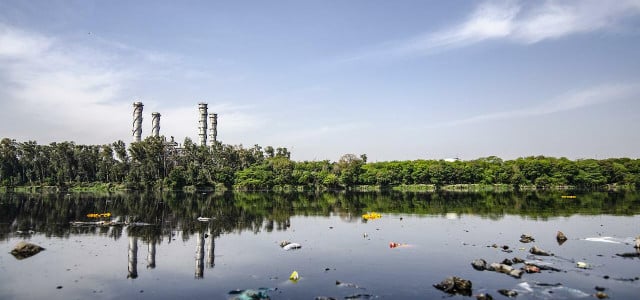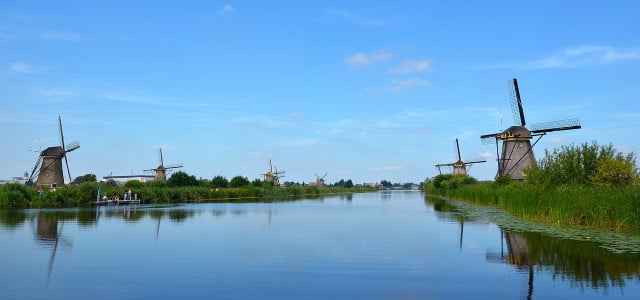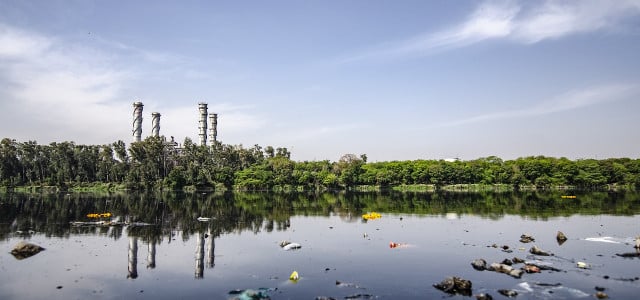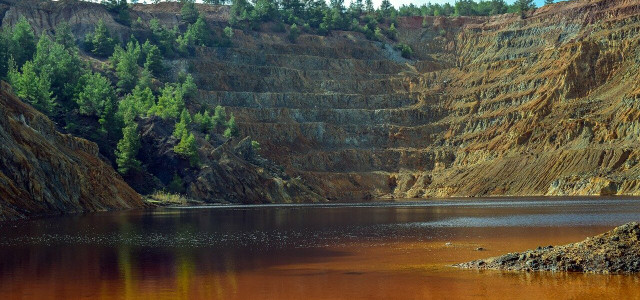In the US and worldwide, environmental policies marginalize communities of color. We'll tell you what environmental racism is and what is being done to combat it.
The term environmental racism was coined in 1982 by civil rights activist Benjamin Chavis. It refers to a form of systematic racism whereby people of color (POC) are disproportionately burdened with health hazards arising from environmental policymaking, the deliberate targeting of communities of color for toxic waste facilities, and exclusion from leadership in ecology movements.
This forces POC to live close to sources of toxic waste like sewage works, mines, landfills, power stations and major roads. As a result, these communities experience more health problems, including diseases and cancer caused by hazardous pollutants.
In the U.S., communities of color have battled this injustice for decades. Research shows that African Americans and Latinos breathe 56 percent and 63 percent more pollution than they produce, respectively, whereas Caucasians breathe 17 percent less.
Approximately 70 percent of hazardous waste sites are located near low-income and Black communities, making them the most vulnerable to climate change-related events. Below, we’ll discuss five prominent examples of environmental racism in the U.S.
1. Flint, Michigan
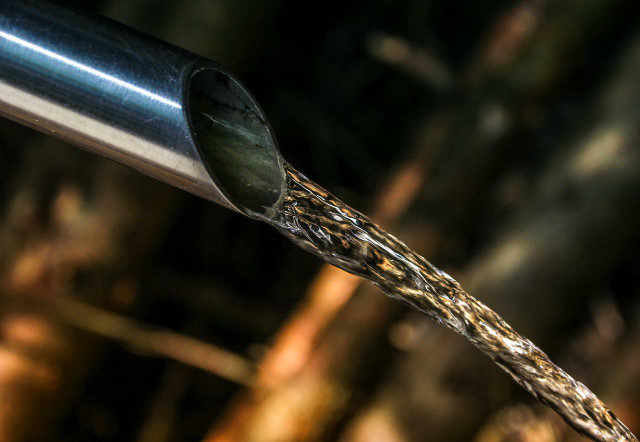
(Foto: CC0 / Pixabay / analogicus)
The water crisis in Flint, Michigan, a majority African American city, began in 2014 when the city switched its drinking water supply from Detroit’s system to the Flint River to save money. The city failed to properly treat its municipal water system after changing water sources, resulting in hundreds of children and adults getting lead poisoning. There were also 14 reported deaths from legionella pneumonia, which arises from bacteria growth in the drinking water caused by low levels of chlorine.
As of June 2021, just over 10,000 water pipes have been replaced in Flint, although residents still do not trust that the water is safe to drink. In regard to the legal situation, there is a $641 million settlement deal for Flint residents, though the planned distribution of the settlement between lawyers and residents has not yet been decided. Nine people are currently charged with crimes regarding the Flint water crisis, including the former Michigan Gov. Rick Snyder, although their cases are still pending.
2. Pahokee, Florida
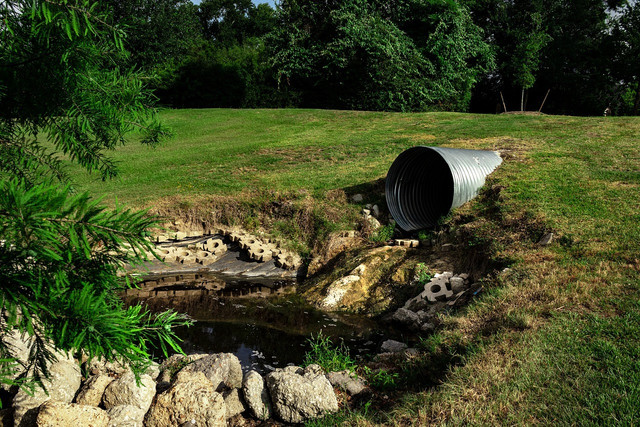


(Foto: CC0 / Pixabay / Thoxuan99)
Pahokee, Florida, is another predominately Black community, with African Americans equating for almost 63 percent of the population in 2022. Every October, the residents of Pahokee witness the phenomenon of “black snow” — a dark byproduct of burning sugar cane fields before harvesting.
“Black snow” causes high pollution levels and leads to numerous health problems, including asthma and immune system issues. U.S. Sugar, a major sugar company in Florida, continues the practice of agricultural burning and argues that it uses safe, highly regulated methods, despite its impact on the health of local communities.
3. Cancer Alley, Louisiana
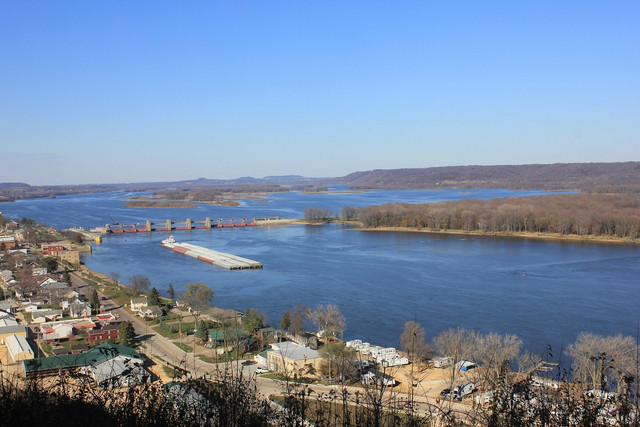


(Foto: CC0 / Pixabay / Goodfreephotos_com)
The so-called “Cancer Alley” is an 85-mile stretch of land along the Mississippi River between New Orleans and Baton Rouge. It is lined with oil refineries and petrochemical plants. African Americans make up over 50 percent of the population along the river. The area’s residents are 71 times more likely to develop cancer than the average American.
According to UN human rights experts, the combined emissions of carbon dioxide equivalent per year in a single parish along Cancer Alley could exceed those of 113 countries.
4. San Joaquin Valley
Low-income neighborhoods and communities of color in the south of California’s San Joaquin Valley are consistently exposed to dangerous environmental hazards, including toxic pesticides and air pollution. Many local communities lack access to basic infrastructure like roads, clean drinking water and sewage systems. Research shows that drinking water in San Joaquin Valley is some of the most contaminated nationwide.
5. White Pine, Michigan
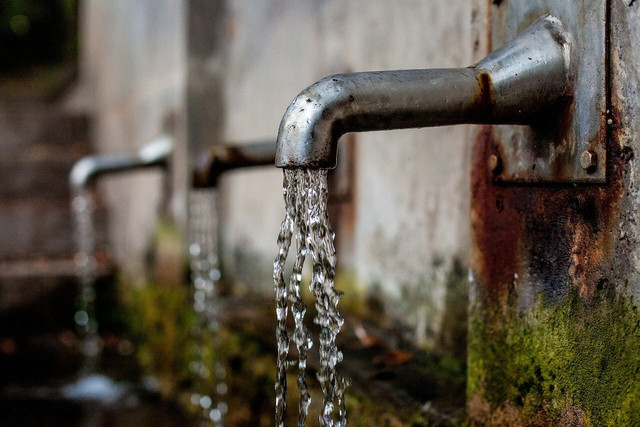


(Foto: CC0 / Pixabay / 3345408)
Indigenous communities also experience environmental racism. Near White Pine, Michigan, members of the Bad River Tribe, a federally recognized tribe of Ojibwe people, have witnessed their reservation impacted by acid pollution from the transportation of concentrated acid to a solution mine in White Pine.
In addition, tribe members suspect potential acid pollution of the groundwater due to acid seepage from the solution mining. This takes place on lands where the tribe has the right by treaty to gather, hunt and fish. In 1992 the United States Environmental Protection Agency established an environmental justice program for tribes and indigenous peoples; however, indigenous communities are still disproportionally exposed to hazardous pollutants.
What Is Being Done to Combat Environmental Racism?
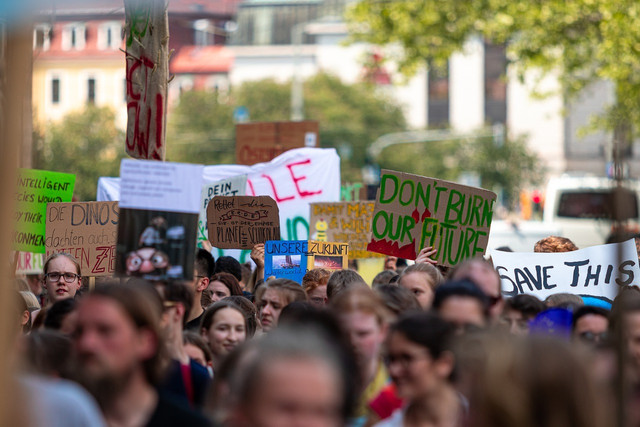


(Foto: CC0 / Pixabay / dmncwndrlch)
The environmental justice movement advocates raising awareness for minority groups disproportionately affected by hazardous waste facilities. On an individual level, you can fight environmental racism and advocate for systematic change by participating in demonstrations and supporting environmental organizations fighting for justice. One such initiative is the Gulf South for a Green New Deal (GS4GND), launched in 2019, which is committed to racial and climate justice, and eradicating policies that marginalize Black people.
Also read: How to Get Involved in Environmental Activism This Year
Systematic change is needed to fight environmental racism. As of 2021, 77 percent of the members of congress and almost 88 percent of governors serving in office were white. When government officials face the decision of where to place new hazardous waste facilities or sewage dumpsites, they typically do not want them to place in their own backyards. Instead, they build them close to communities of color, which are often lower-income and have less opportunity to object.
Progress in environmental justice can be made through persistent community advocacy backed by science and law.
Read more:
- Human-Environment Interaction: Definition & Examples
- Climate Change Denial: How to Stand Up To Skeptics
- Eco-Anxiety: Climate Change Stress and How to Cope
Do you like this post?






